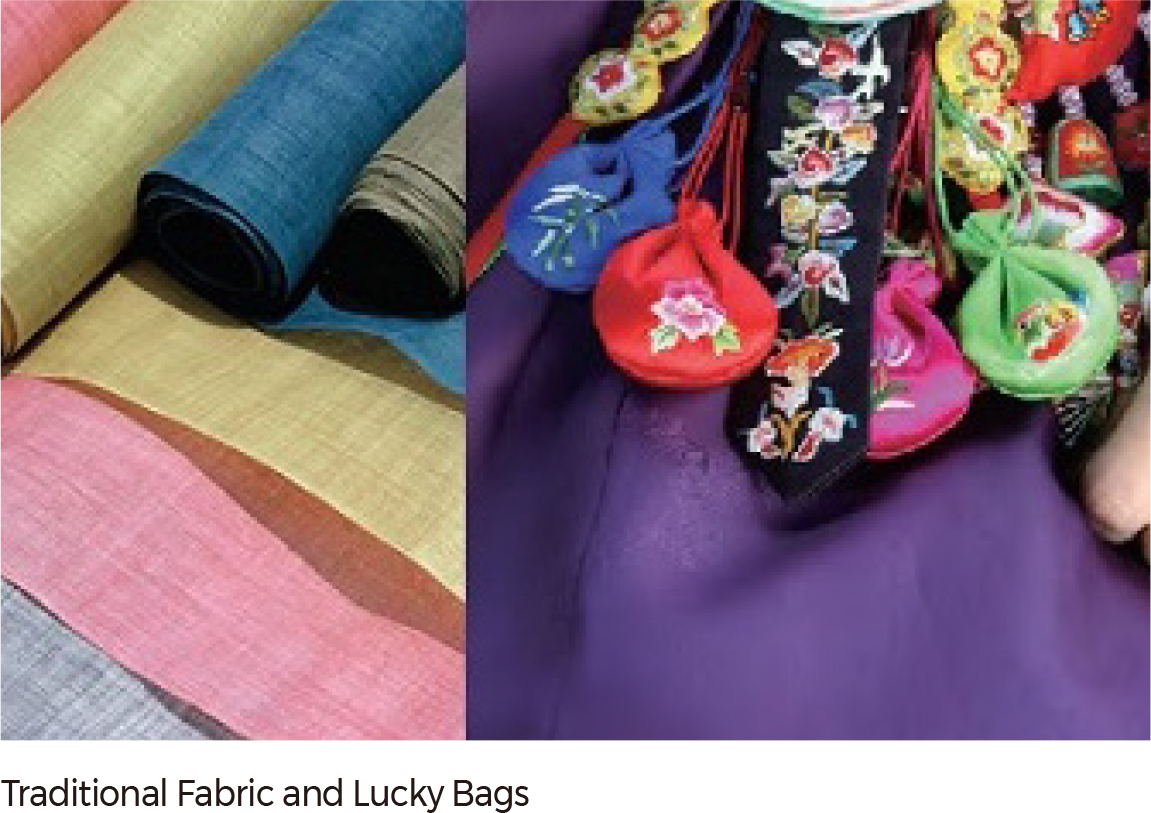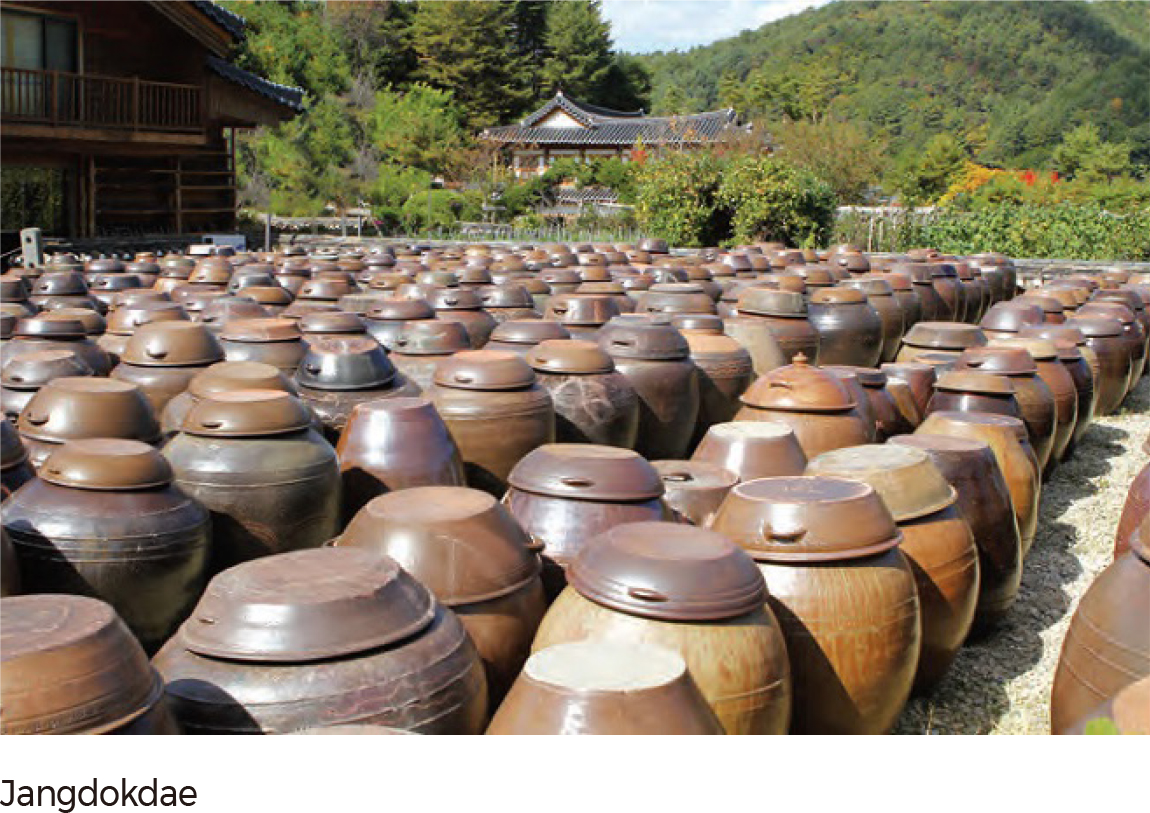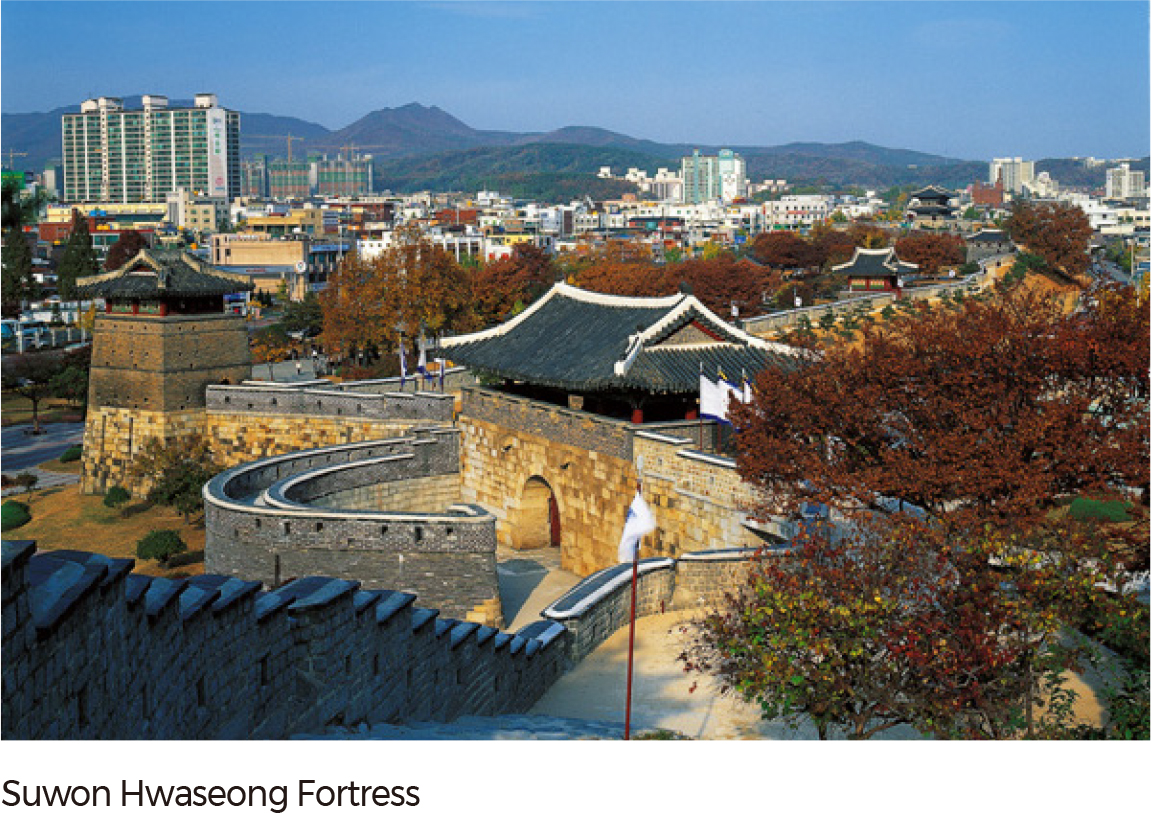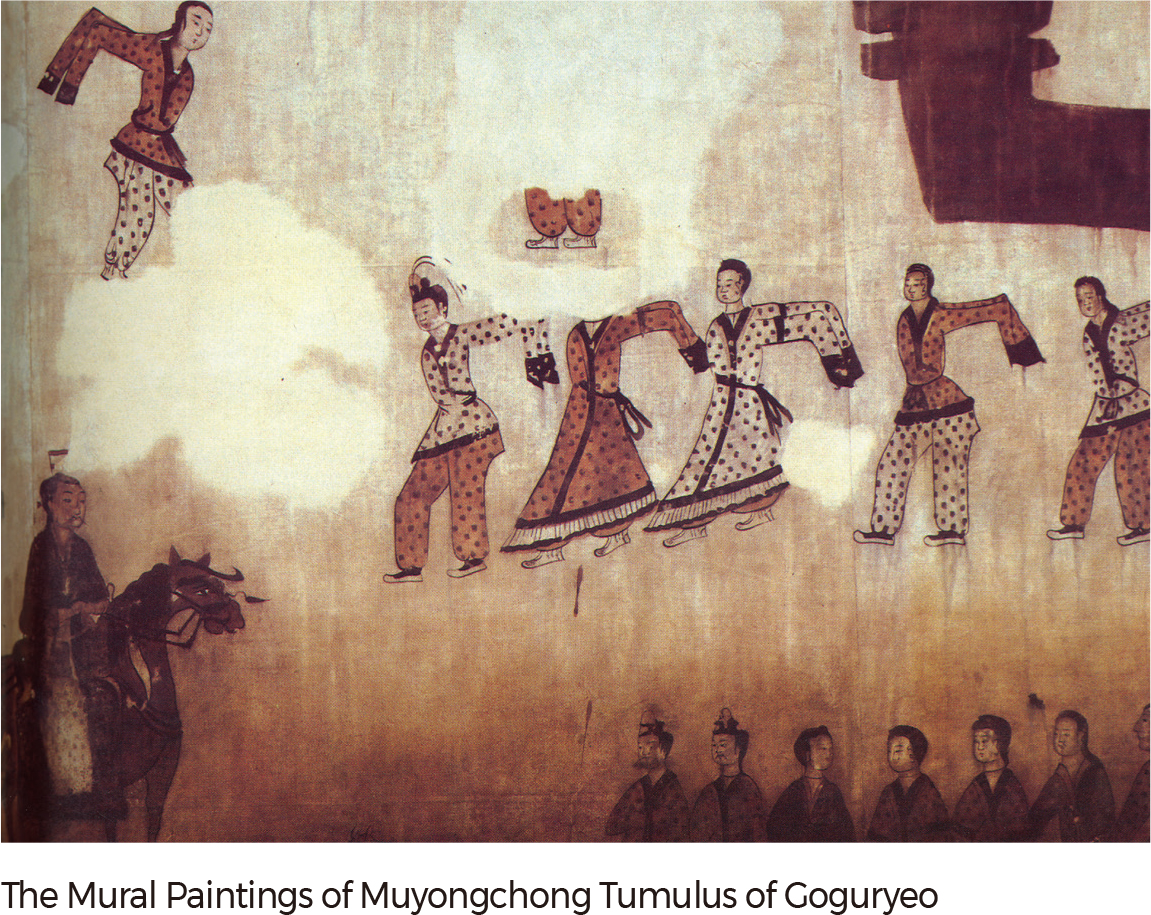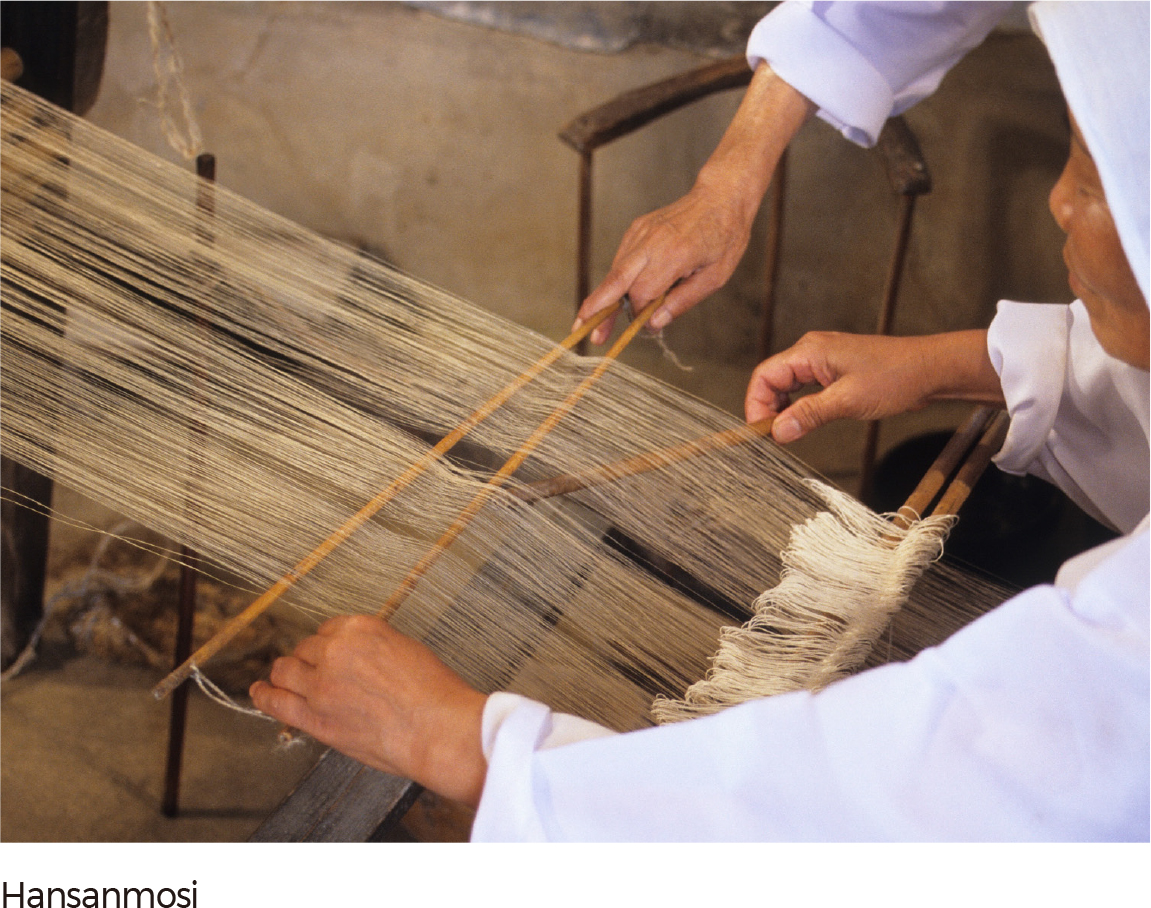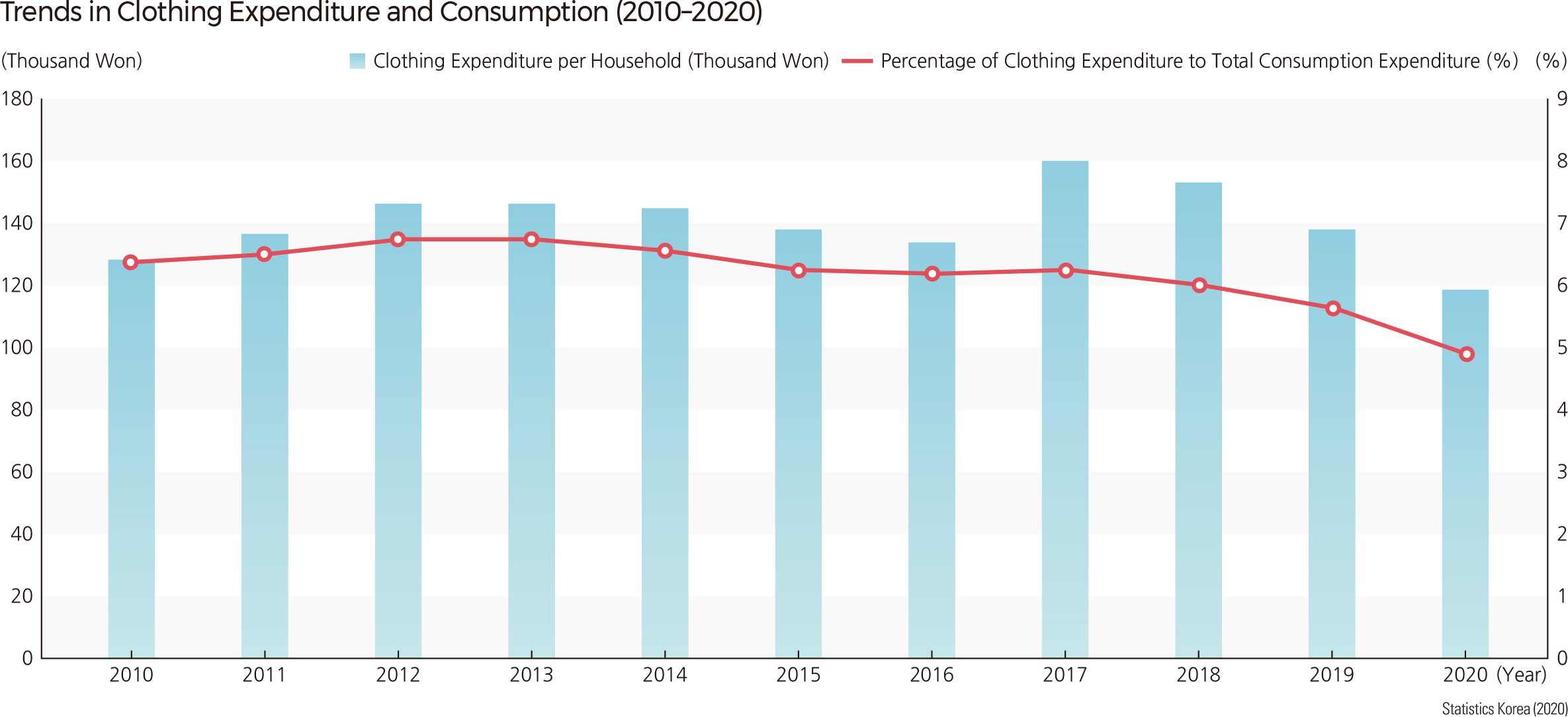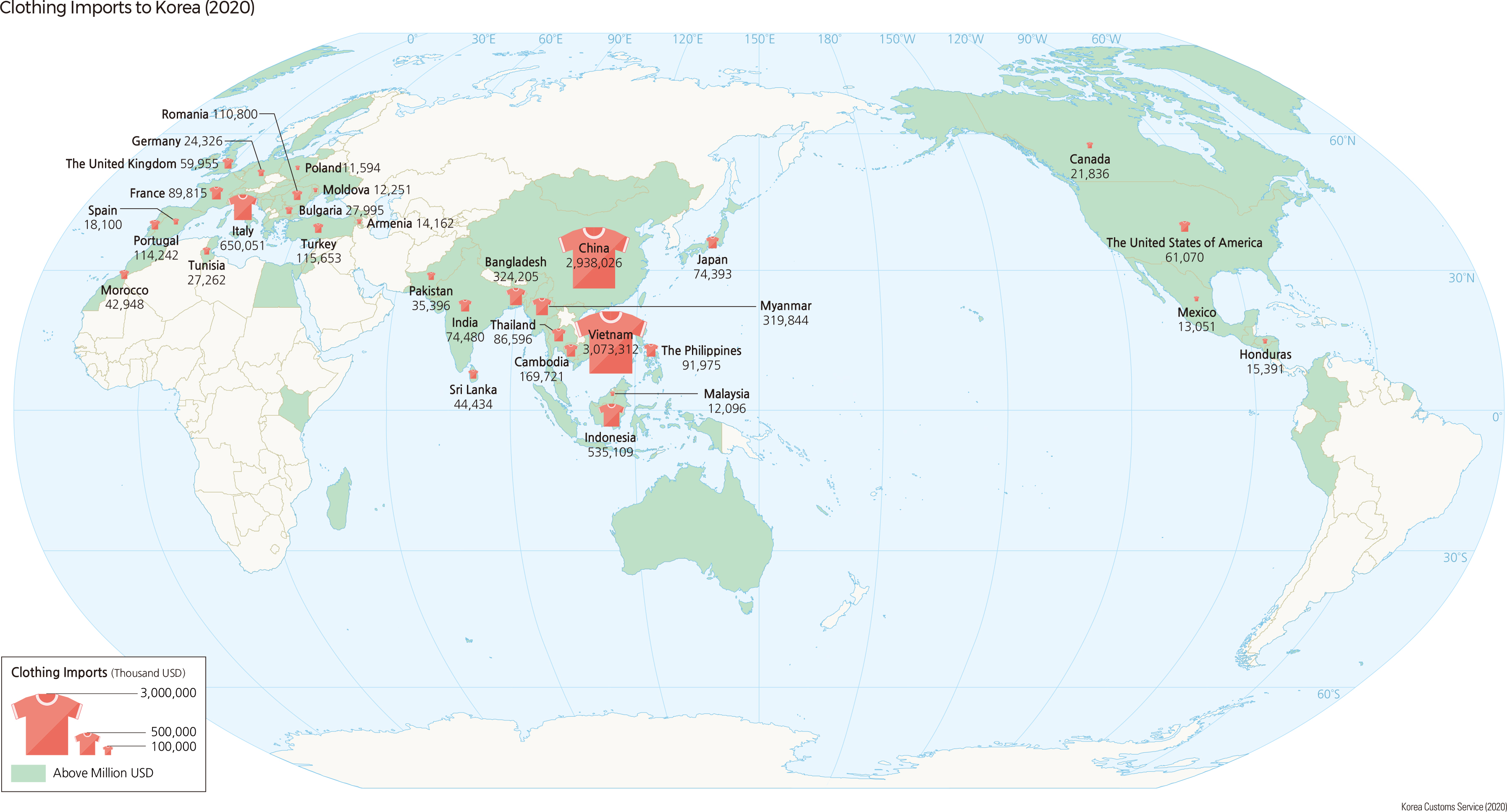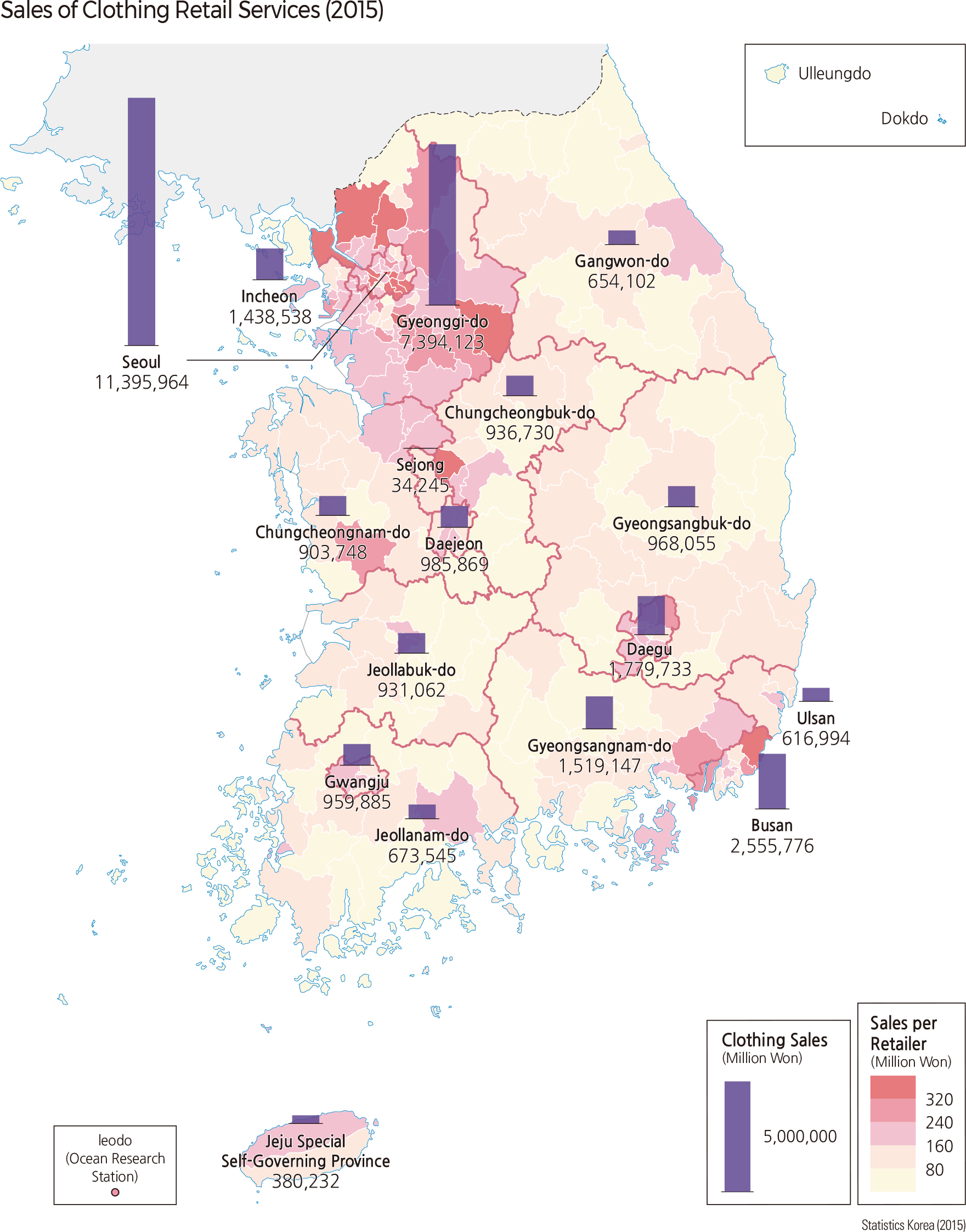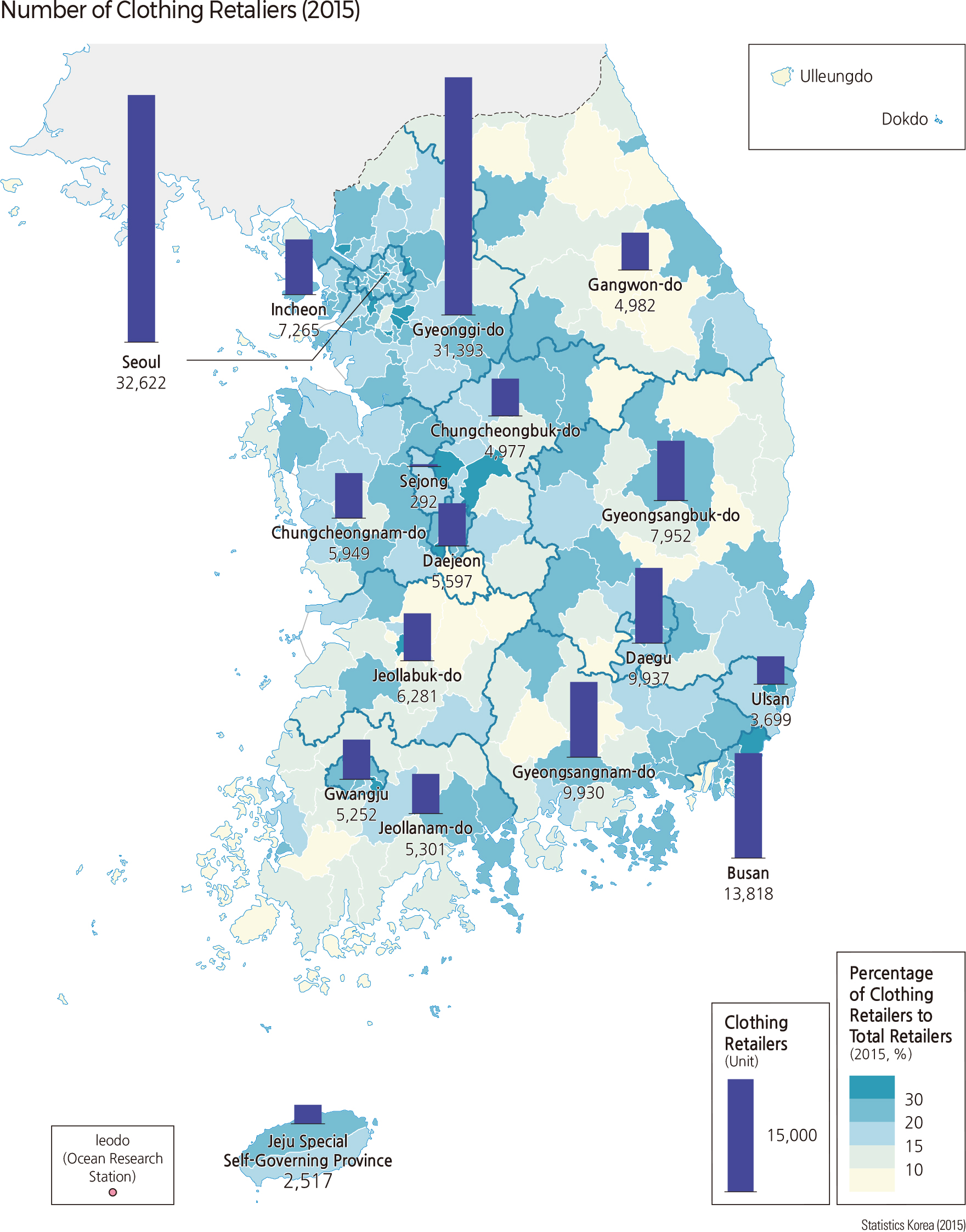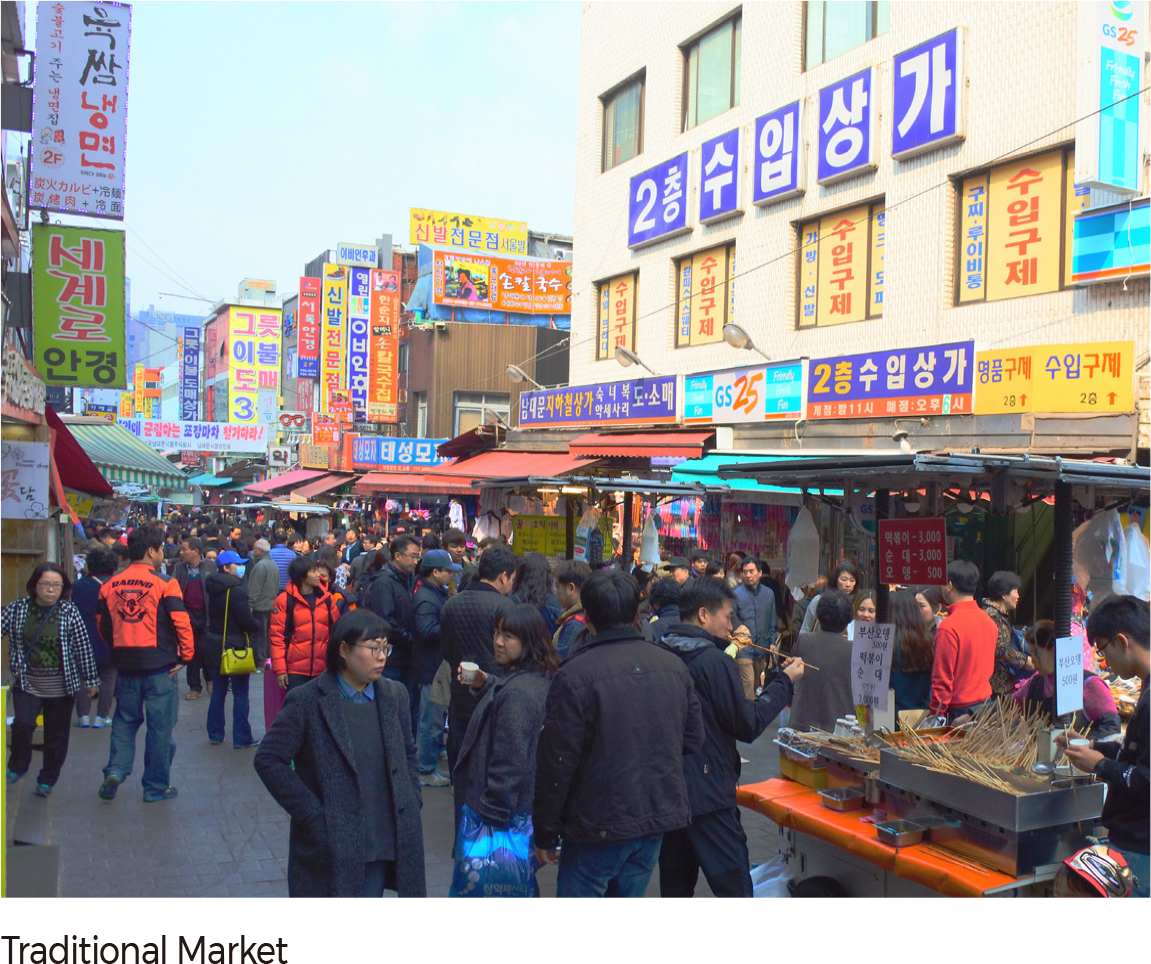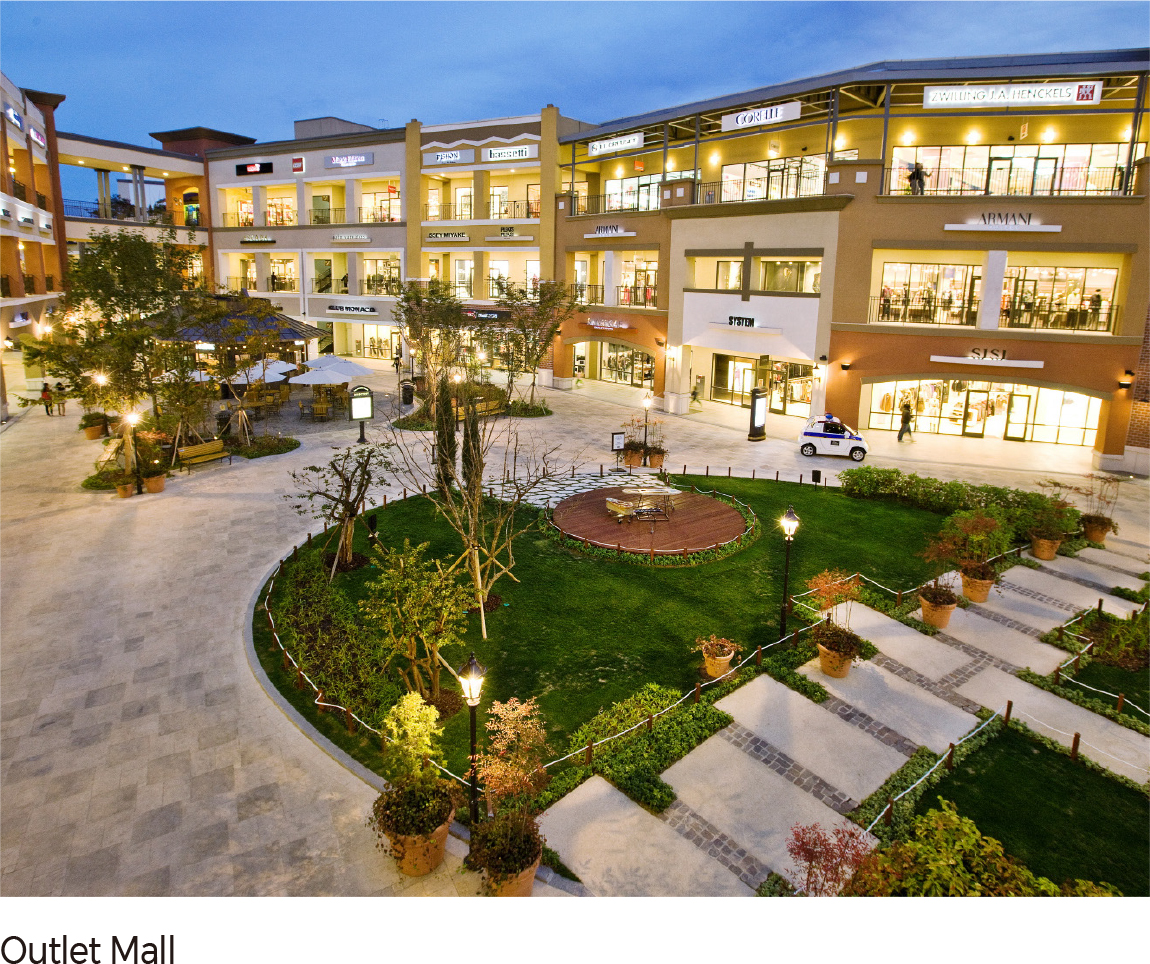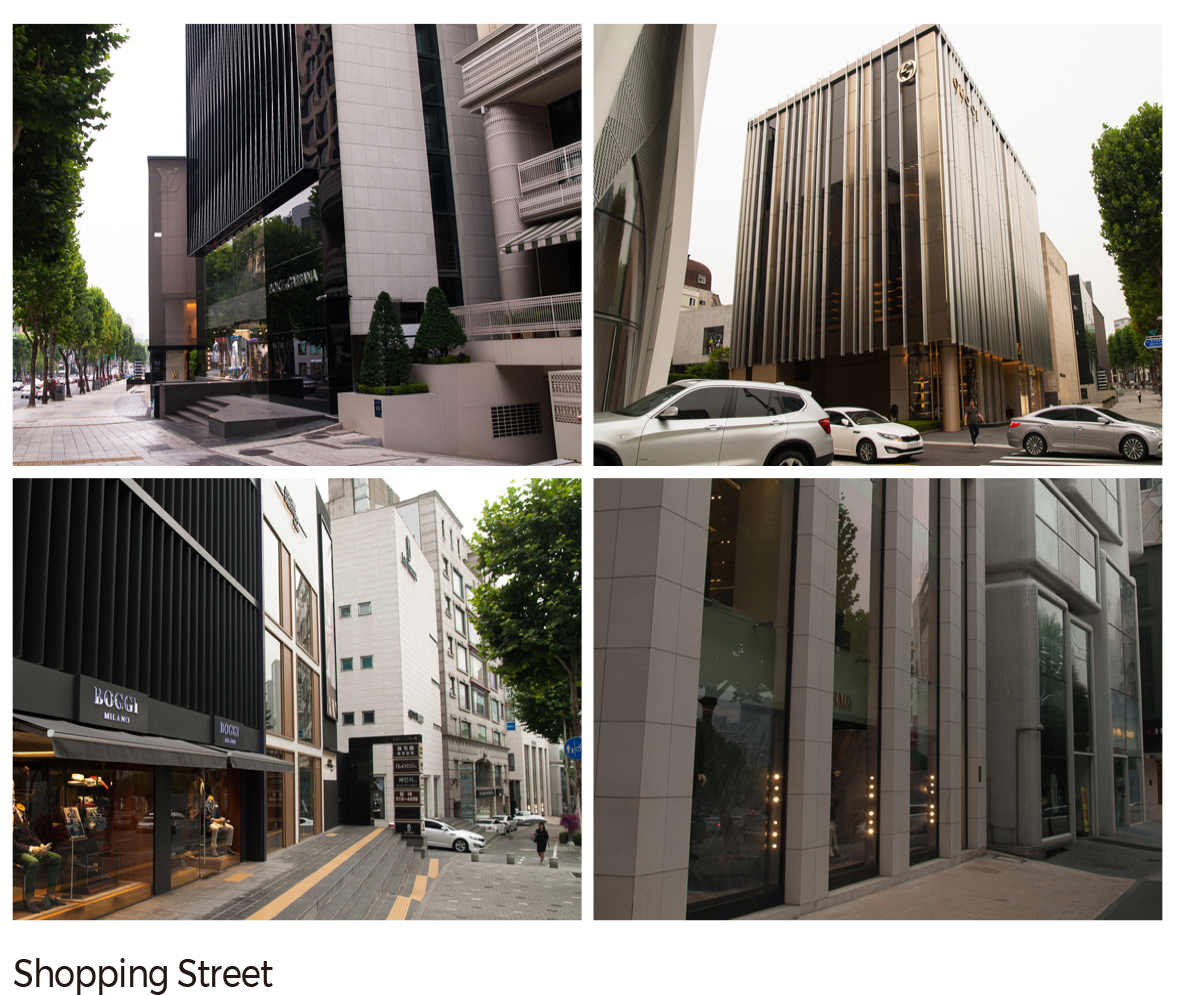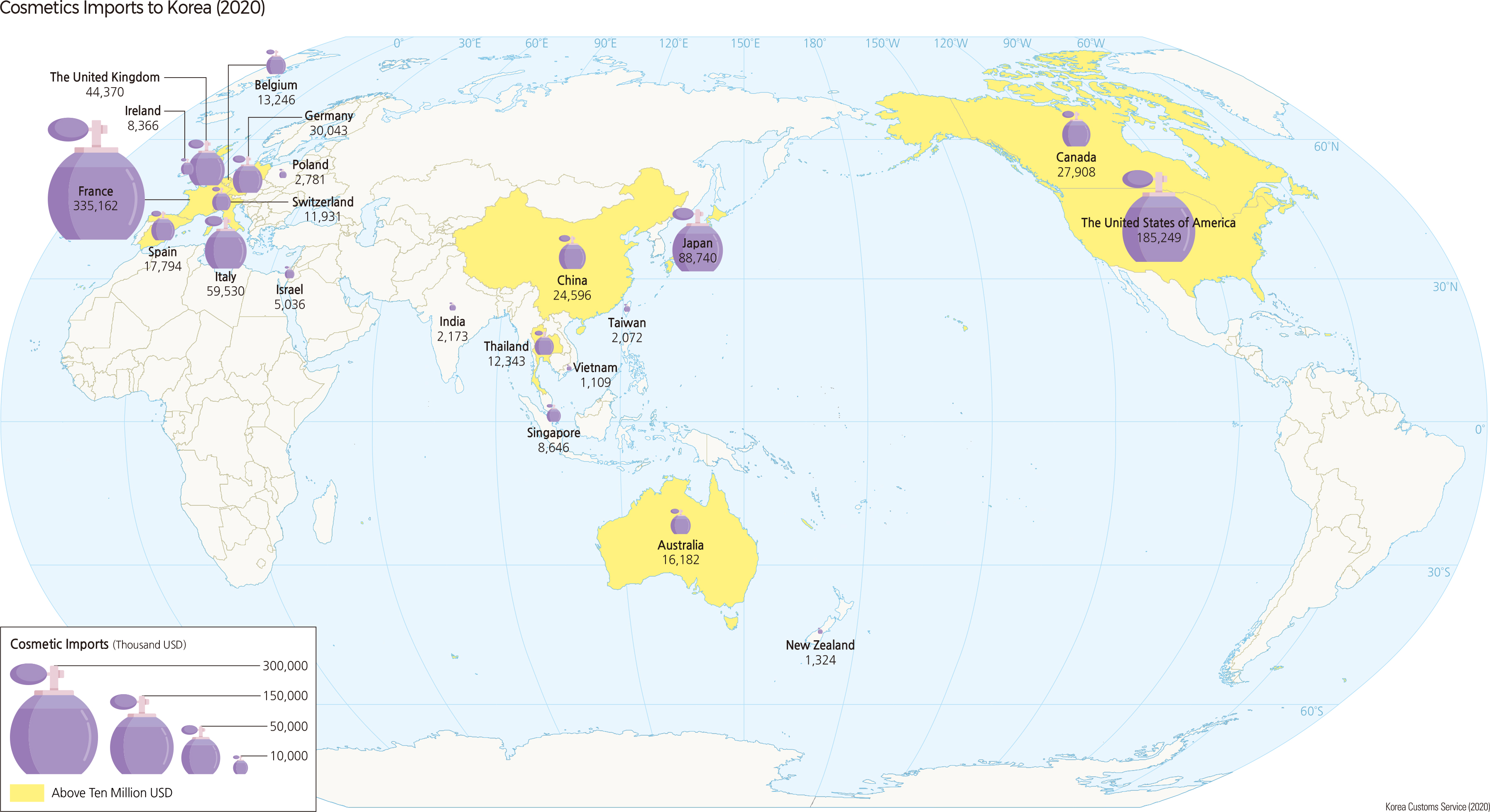English III 2021
The Korean people have developed and maintained their unique national culture for a long time. The national culture of Korea emerged as an adaptation to the natural environment and, at the same time, as an outcome of the human impacts on the natural environment. The arrangement of mountains and plains, the distribution of seashores, and the climate are the foundation of the cultural characteristics of the Korean people. The Korean way of life, as represented by clothing, food, and housing, is central to understanding Korean culture. The materials used in clothing and accessories, the development of clothing culture, cultivation, introduction, and overseas dissemination of various ingredients and processing of certain food and cooking methods, and harmony between nature and residential space in overcoming natural restrictions—all are components in the traditional culture that influence the Korean way of life. However, traditional Korean culture is not confined to a way of life formed through adaptation to the environment. Traditional Korean culture is in part an outcome of dynamic interactions between the traditional Korean heritage and other cultures during the long settlement of the Korean people. Particularly, the contemporary Korean culture reflects not only the outcomes of cultural exchange among various countries and ethnic groups, but it also reflects major and minor changes in the climate and the natural geomorphological environment and societal changes such as urbanization. With such changes in people’s way of life, the characteristics of Korean society in terms of clothing, foodways, and housing are changing rapidly. Many cultures have been introduced to Korea, and sometimes, the Korean culture has spread to the outside world. While the changes in the traditional way of life fit the conditions of modern life, the contemporary culture of the Korean people has achieved cultural diversity where the traditional and contemporary elements coexist.
|
